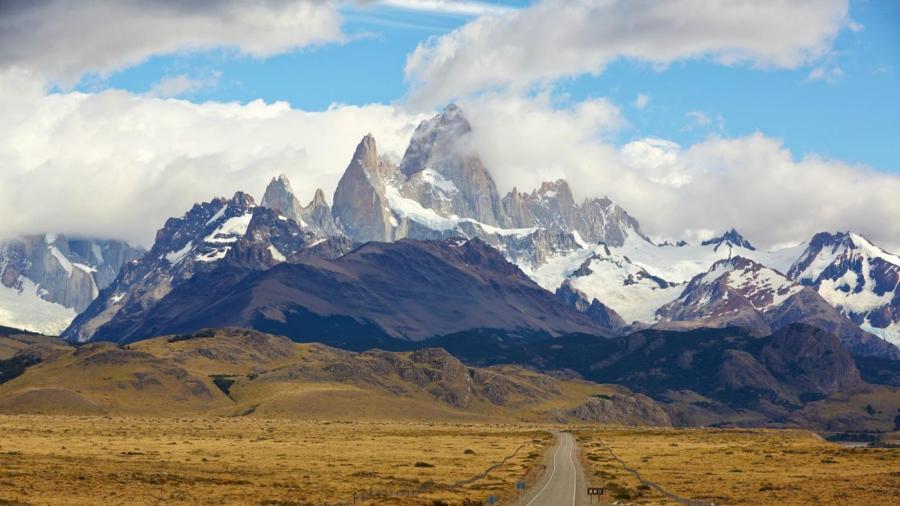How Did the Andes Mountains Form?

The Andes are a large volcanic chain of mountains that run the length of the west coast of South America along the boundary between the South American and Nazca plates. The gradual subduction of the Nazca plate beneath the South American plate drives a convection cycle that pushes molten material to the surface and contributes to the uplift of the Andes.
South America has been grinding the Nazca oceanic plate under its western boundary for at least 45 million years. As the sea floor of the Nazca plate is driven under the lighter, less dense continental plate, it is driven deep into the underlying crust to a region called the melt zone. In the melt zone, the water-permeated rock of the sea floor melts, becomes less dense and pushes up toward the surface. The points at which the magma plume reach the upper crust become volcanic hot spots where eruptions and other volcanic activity are common. Over time, the tephra and molten material of repeated eruptions deposit fresh layers of rock and raise the local terrain to, in the case of the Andes chain, heights in excess of 20,000 feet above sea level. As South America continues to move west, the Nazca plate continues to subduct, and mountain building in the Andes continues.





